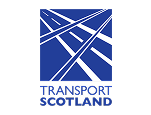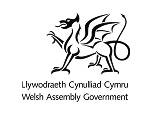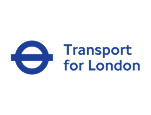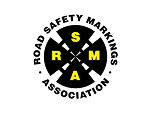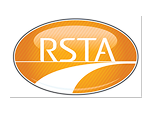National Highways' regulator has challenged it over its refusal to accelerate its LED lighting replacement programme, despite the company being predicted to narrowly miss its revised 2025 carbon emissions target.
In its annual assessment of National Highways' performance in the year ending March 2024, the Office of Rail and Road said the company is off-track to meet its target to reduce its corporate emissions by 67% by the end of the second roads period (RP2). However, it is forecasting a 65% reduction.
National Highways originally had a target of reducing its corporate emissions by 75% compared to the April 2017 to March 2018 but this was reduced to reflect a change in the way emissions from electricity are calculated, following reporting by Highways.
The strategic roads operator's total of 45,266 tonnes of carbon dioxide equivalent (CO2e) during the year is actually 457 tonnes worse than the previous year, with the company reporting higher electricity usage, business travel and traffic officer mileage than it had forecast.
The 2023-24 figure represents a 50% reduction against the baseline but, even with a set of actions during the current year forecast to reduce emissions by a further 13,758, the government-owned company will still miss its target.

The ORR pointed out that the single biggest action National Highways is taking to reduce its emissions is its programme to install more LED lighting on the network.
It said: ‘We challenged the company to accelerate its LED programme to achieve its carbon KPI target. National Highways claimed this would require additional renewals funding and lane closures that would have a detrimental impact on road users.
‘We requested evidence to support the company's decision to not accelerate the rollout of LED lighting, which it has yet been unable to provide.'
The ORR also noted that, according to National Highways' January 2024 air quality report, 30 sections of its network exceeded the legal limit for nitrogen dioxide in 2022.
This compares with 43 sections a year earlier. Although 18 of these sections are now compliant, 25 remain above the limit value and five additional sections are now exceeding legal limits.
While noting that National Highways is obliged to bring nitrogen dioxide levels into legal compliance ‘in the shortest time possible', the ORR said the company ‘appears to have made reasonable progress'.
The ORR also highlighted that National Highways is forecasting that it will achieve its RP2 target of no net loss in biodiversity, based on projects it has funded that are expected to deliver new biodiversity 'units' during the year and assisted by delays to enhancement schemes that were expected to reduce biodiversity.









